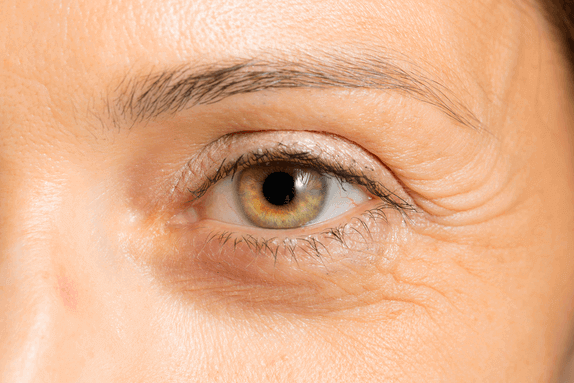Wrinkles are deemed a natural part of aging. However, they are also more likely to develop on parts of the skin that are exposed to the sun such as the hands, forearms, face, and neck. While genetics determines the skin texture and structure, sun exposure is one of the main culprits. This is especially true among those with light skin.
Smoking and other pollutants have also been known to contribute to the development of wrinkles. Fortunately, nowadays, there is no shortage of wrinkle treatments available at your disposal. Fillers, medications, fillers, and even surgery are some of the most effective wrinkle treatment options you can look into.
Effective Wrinkle Treatments
Below are some of the effective treatments for wrinkles and a brief insight about them:
Topical Retinoids
Topical retinoids are known to help minimize the appearance of splotches, skin roughness, and wrinkles. However, to achieve the results you desire, you need to use the products for a few months. Retinoids use might cause redness, dryness, burning, and itching. Fortunately, these side effects are only temporary.
Nonprescription Wrinkle Creams
The effectiveness of these types of creams will depend primarily on its active ingredients. For instance, peptides, antioxidants, and retinol can result in light to modest wrinkle improvements. Products that contain lactic and glycolic acid can help effectively remove dead skin and stimulate the growth of new skin.
Chemical Peels
This treatment option involves applying a chemical solution to the skin that will remove the top layers. After the peel, the skin is expected to grow back but smoother. Depending on the peel’s depth, several treatment sessions might be required before you can see dramatic results.
Dermabrasion
This procedure involves sanding down the skin’s surface layer using a brush that rotates rapidly. New skin will grow. Often, the procedure needs to be done more than once to achieve the results desired. Possible side effects include swelling, scabbing, and redness. Several months might be needed to see pronounced results.
Microdermabrasion
This treatment shares a few similarities with dermabrasion. However, this technique involves removing only the skin’s fine layers. You will need several treatments done over a few months to achieve modest and temporary results. Those with tiny veins on their face or rosacea won’t be able to benefit from the procedure.
Soft Tissue Fillers
Classic examples of soft tissue fillers include hyaluronic acid, collagen, and fat. They are injected into the face to smoothen and plump any furrows and wrinkles. While some experience temporary redness, bruising, and swelling.
Botulinum Toxin Type A (Botox)
Botox is injected in small doses into targeted areas. It works by keeping the muscles from contracting. When the muscles are not tightened, they can appear smoother and wrinkle-free.
Botox is considered the best option for frown lines that are found across the forehead or between the eyebrows. It is also ideal for crow’s feet. At least three days are needed to maintain the desired results.
Face Lift
Face lift refers to the tightening of the underlying tissues and muscles. The procedure can be carried out in an outpatient facility or in a hospital. Sedation, local anesthetic, or general anesthesia may be used. Healing time for face lift can be long.
Swelling and bruising can still be evident even after several weeks after the procedure. The results of face lifts are not permanent. However, you have the option to go through another face lift several years after.
It is important to remember that results can vary depending on some factors including the depth of the wrinkles and the location. Since nothing can stop the aging process, repeated treatments are needed to enjoy the benefits.

